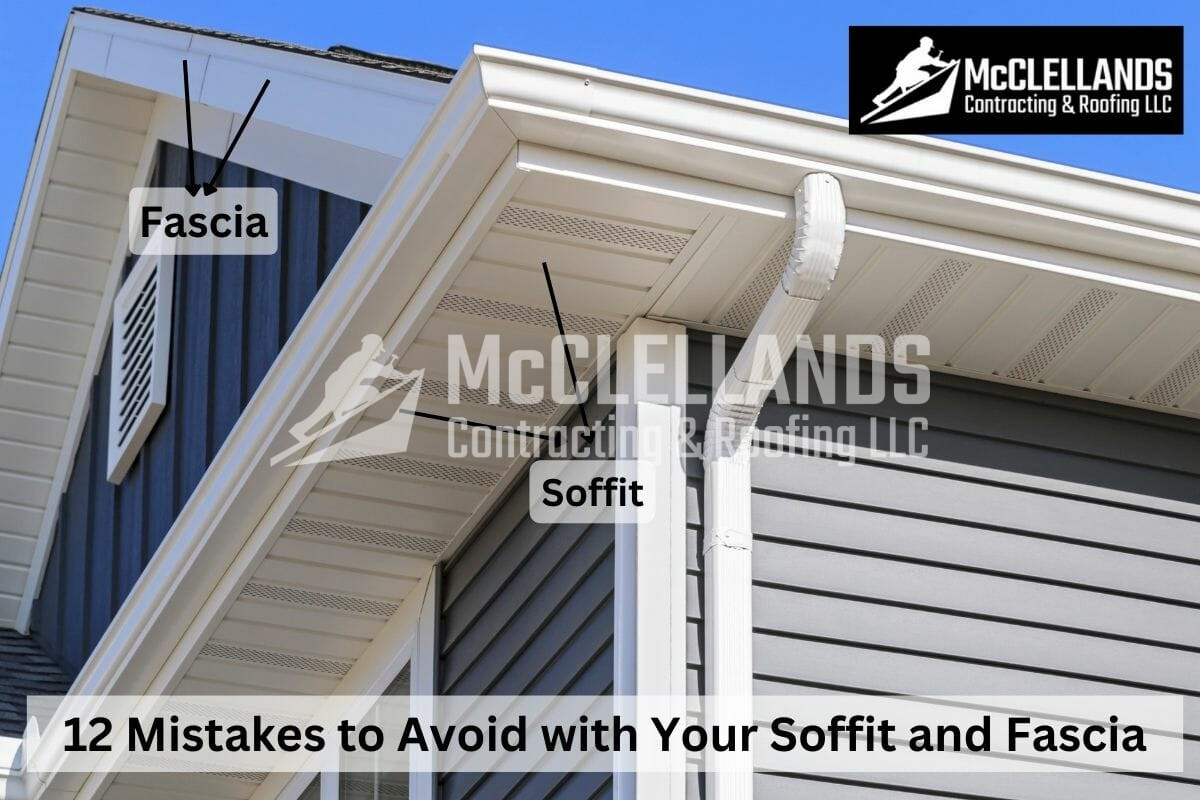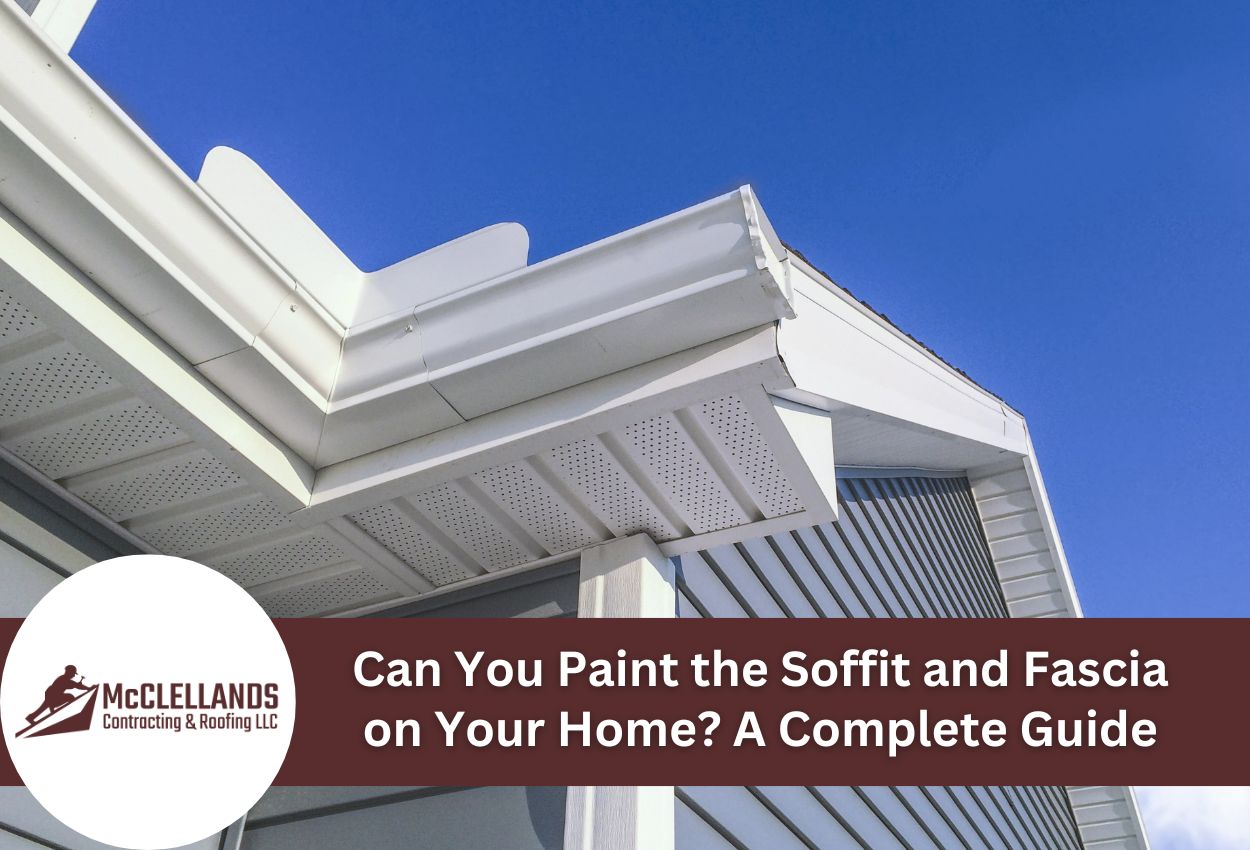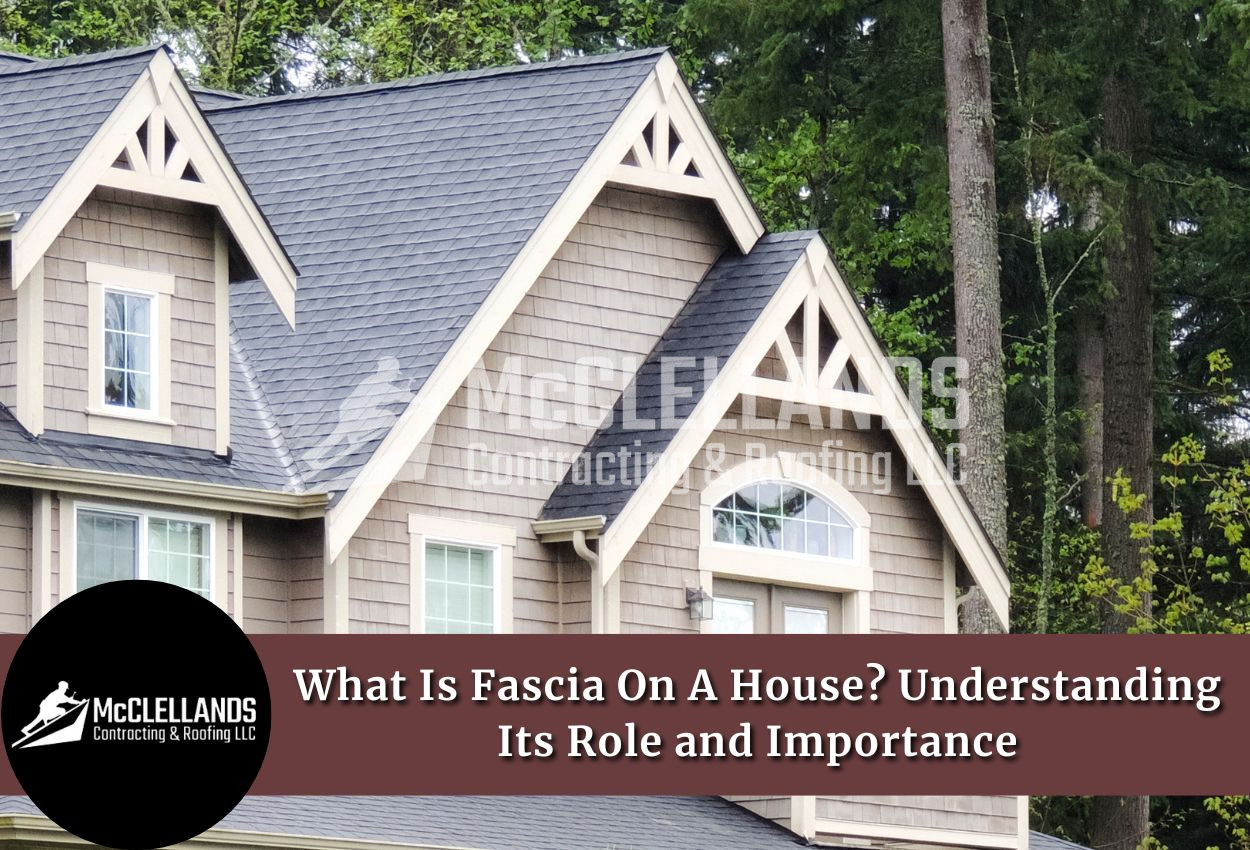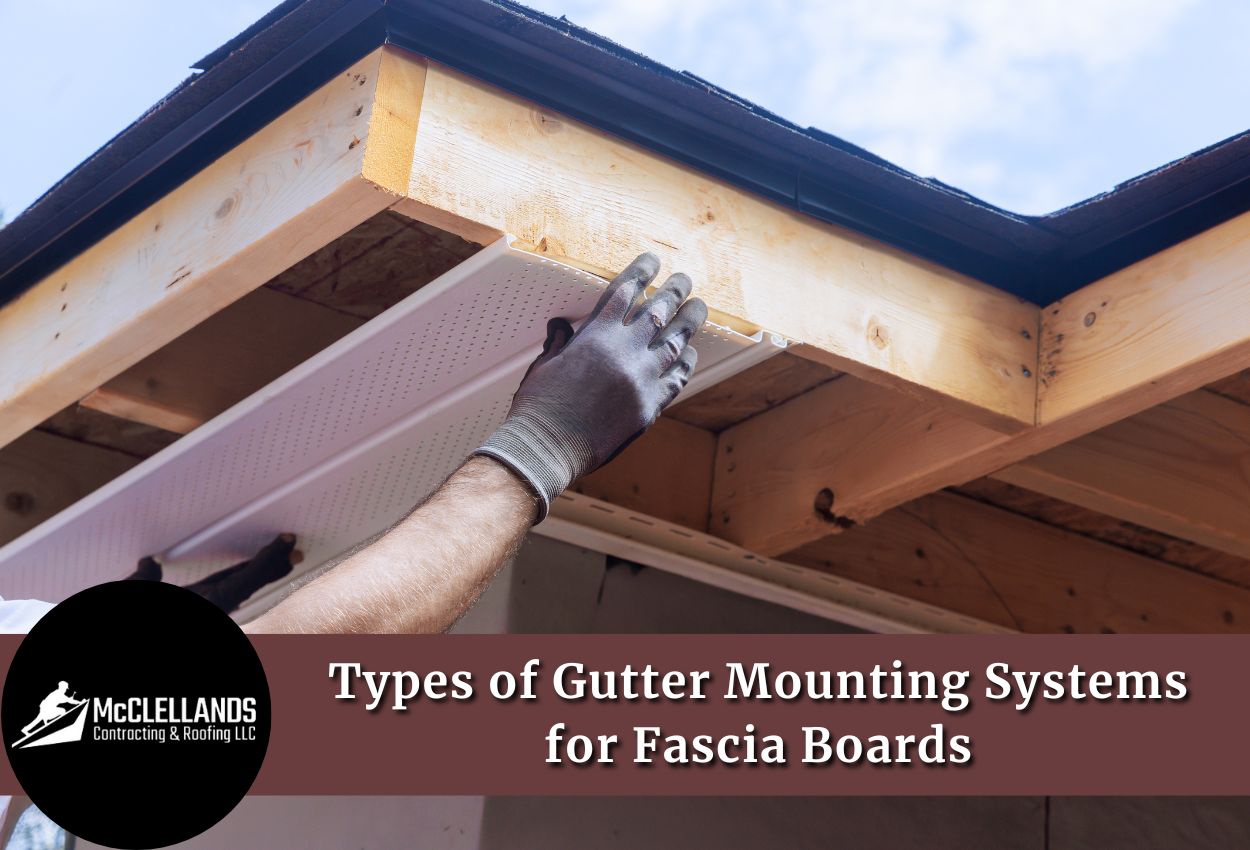If you've noticed that your home's structural integrity is compromised, you've likely turned your attention to your soffit and fascia as potential sources of the issue. After all, these parts of your home’s exterior are an important part of its overall integrity and can be a major factor in its overall appearance. But knowing how to maintain and repair your soffit and fascia properly can be tricky, and there are some mistakes that you can make that may cause damage to your home.
We’ve put together a list of 12 common soffit and fascia mistakes that might be damaging your home so that you can take steps to make sure further harm doesn’t occur. From using the wrong type of paint to not cleaning them regularly, we’ll help you keep your home looking great and running smoothly. So read on to make sure you’re not making any of these mistakes that could be putting your home’s health at risk!
12 Mistakes to Avoid with Your Soffit and Fascia
If you're a homeowner, you understand the importance of maintaining your soffit and fascia in excellent condition. However, there are common mistakes that people often make with these structures, which can result in significant damage and costly repairs. We will discuss these mistakes and provide insights on how to avoid them, ensuring the long-term health and durability of your soffit and fascia.
#1 Inadequate Airflow and Poor Ventilation
Insufficient ventilation is a mistake that can lead to moisture buildup and subsequent damage to your soffit and fascia. When humidity levels are high, and there is poor airflow, moisture can accumulate and cause condensation. To prevent this, it is crucial to have proper ventilation in place. Soffit and ridge vents enable air circulation, allowing moisture-laden air to escape. This airflow keeps your architectural features dry and maintains a healthy balance.
If you want to know more about the role of soffits in attic ventilation, read this blog post, "Is Your Attic Too Hot? Learn How Soffit Vents Can Fix That"
#2 Choosing Low-Quality Materials
Opting for low-quality soffit and fascia materials may seem like a cost-saving measure initially, but it can lead to premature deterioration and the need for frequent repairs or replacements in the long run. Low-quality materials are more susceptible to warping, cracking, fading, or rotting. Since these components are exposed to the elements, it is essential to select materials specifically designed to withstand weather conditions and provide long-lasting protection.
#3 Improper Installation Techniques
Incorrect installation techniques, such as using the wrong fasteners, or not properly securing the fascia and soffit in place, can result in loose or sagging sections of the soffit and fascia, making them prone to damage. Proper installation requires securely fastening these structures to the underlying framework of a house and using appropriate fasteners. Failure to do so can compromise stability and longevity. Additionally, improper alignment can create gaps that allow pests, or moisture to enter, leading to potential damage or infestation.
#4 Inadequate Insulation
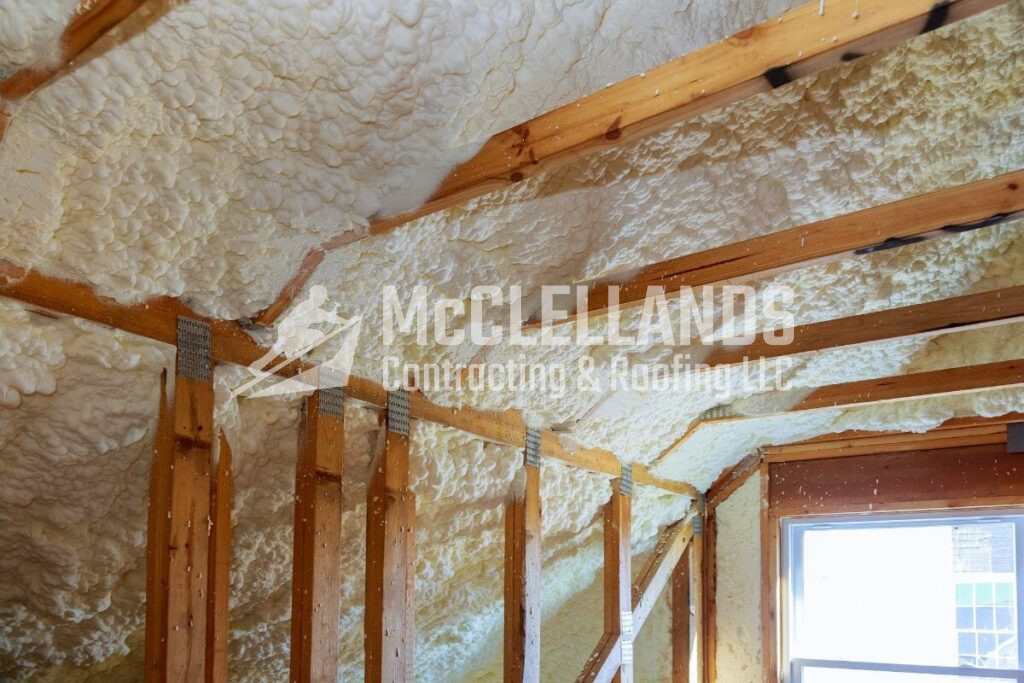
Insufficient attic insulation can cause heat loss or gain and condensation, which can damage your soffit and fascia. Proper insulation ensures stable home temperatures and moisture levels. Without it, warm air from the interior can reach the cooler areas near the eaves, leading to moisture accumulation. This can compromise the structural integrity of your soffit and fascia. Adequate insulation not only benefits these components but also contributes to energy efficiency, temperature regulation, and overall comfort throughout your home.
#5 Lack of Maintenance and Neglected Care
Neglecting regular maintenance of your soffit and fascia can allow minor issues to escalate into significant problems over time. By prioritizing maintenance tasks and promptly addressing any issues, you can ensure optimal functionality, appearance, and longevity while minimizing the risk of extensive damage or deterioration. Routine maintenance allows you to spot and fix small problems before they cause major damage. Failure to do so can lead to structural integrity issues and negatively impact your home's overall appearance.
#6 Incorrect Pitch or Slope
The pitch and slope of your roof are crucial factors when designing the eaves, edging board, and soffit. A steeply pitched roof may require a smaller opening in the soffit to prevent water from entering the attic, while a low-pitched roof might need a larger opening to achieve improved attic ventilation. Similarly, the slope of the roof influences the design of the fascia. A steep slope may require a wider fascia overhang to enhance protection against water damage. Considering these factors ensures the functional integrity and longevity of your roof structure.
#7 Failure to Address Pest Infestations
Ignoring pest infestations in your soffit and fascia can lead to significant problems. These structures provide ideal entry points for insects, rodents, and birds due to the sheltered space they offer. If left unaddressed, pest infestations can damage the soffit and fascia, compromising their structural integrity and functionality. Insects such as termites, carpenter ants, bees, and rats can burrow into the wood, creating tunnels and nests that weaken the material over time. Additionally, the presence of insects can attract other pests and lead to further infestations in the surrounding areas of your home.
#8 Overlooking Gutter Maintenance
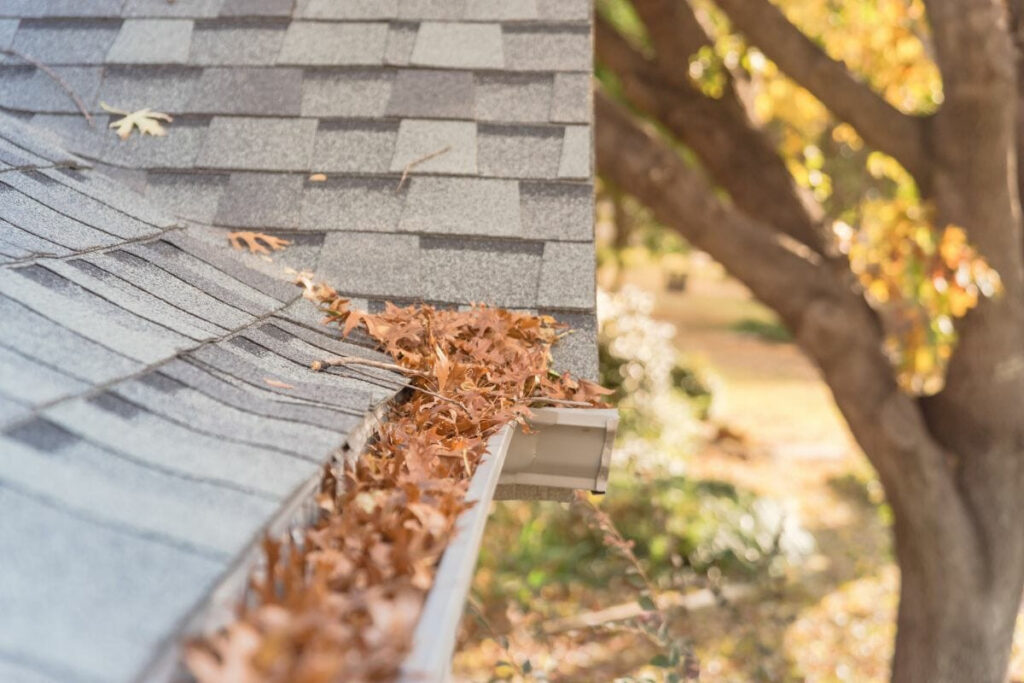
Clogged or improperly installed gutters can cause water overflow, leading to damage to the soffit and fascia. Regular gutter cleaning and maintenance are essential to prevent such issues. Gutters play a critical role in directing water away from the roof, soffit, and fascia. When they become clogged or are improperly installed, water can overflow and cause potential damage. Leaves, twigs, debris, and other materials can accumulate in gutters, gradually causing water to overflow into these components.
#9 Impact of Incorrect Color or Finish Selection
Choosing the wrong color or finish for your soffit and fascia can negatively affect your home's aesthetics, longevity, and performance. It is crucial to consider the architectural style, exterior color scheme, and desired look when making these choices. Certain colors or finishes may absorb more heat, causing materials to expand, contract, and wear out faster. This can result in premature deterioration, discoloration, or other forms of damage to your soffit and fascia. Selecting appropriate colors and finishes will enhance their longevity and maintain their visual appeal.
#10 Inadequate DIY Approach
Attempting a do-it-yourself project for soffit and fascia installation or repair may be tempting, but it comes with potential risks and challenges. These projects require precision and attention to detail. DIY projects often take longer than expected, especially without prior expertise. Learning proper techniques, gathering necessary tools and materials, and troubleshooting unforeseen challenges can consume significant time and effort. It is recommended to use screws instead of nails for better durability and stability during installation.
#11 Insufficient Waterproofing
In areas prone to heavy rainfall or excessive moisture, additional waterproofing precautions may be necessary to protect your soffit and fascia from damage. Water infiltration can lead to rotting, warping, decay, mold growth, or even structural damage. Waterproofing is critical to ensuring the longevity and integrity of your soffit and fascia in regions with heavy rainfall or other sources of moisture.
#12 Hiring Inexperienced or Unqualified Contractors
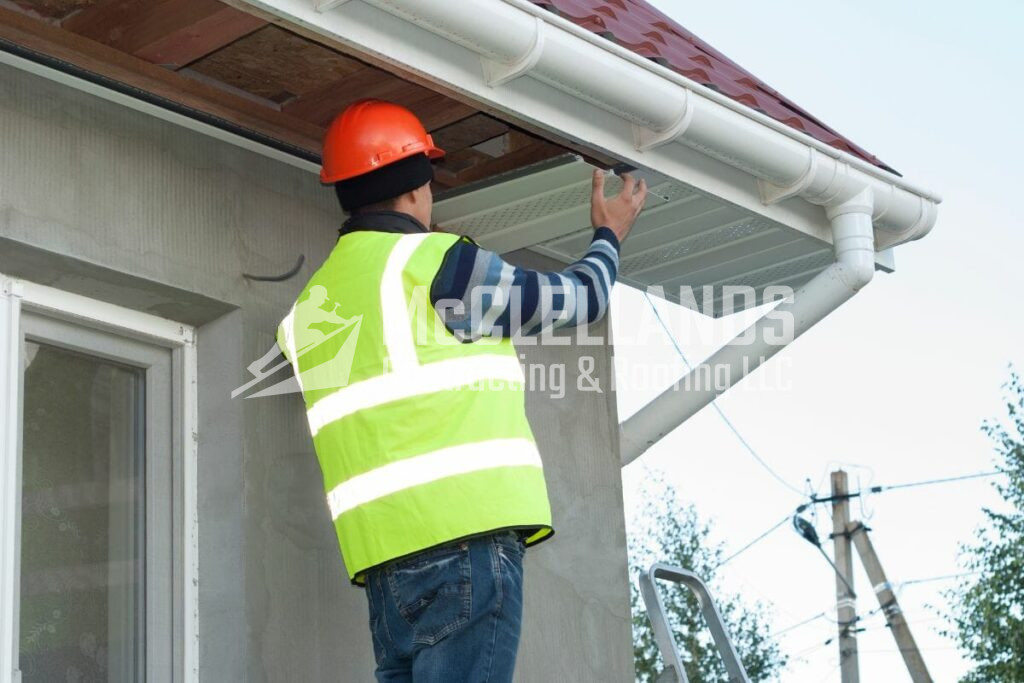
Inexperienced contractors may lack the knowledge and expertise required for proper soffit and fascia installation. This can result in subpar workmanship, compromising the functionality and aesthetics of these essential components. Incorrect installation techniques or the use of substandard materials can lead to premature wear and tear, reducing the lifespan and requiring costly repairs or replacements sooner than expected. It is advisable to hire reputable contractors who offer warranties or guarantees for their workmanship, providing you with solutions in case of any issues after the installation.
By avoiding these common mistakes and following best practices, you can ensure that your soffit and fascia remain in excellent condition, protecting your home and enhancing its overall appeal. Regular maintenance, proper ventilation, quality materials, and professional installation are key to achieving long-lasting and durable soffit and fascia that will stand the test of time.
Final Thoughts
When it comes to your home, it's important to take care of your soffit and fascia. If these components of your roof are not properly maintained, it can lead to a variety of problems that can damage your home and its health. We've outlined 12 common soffit and fascia mistakes that could be ruining your home's health. From improper installation to not checking for leaks, these mistakes can cause major problems over time.
If you're concerned about your soffit and fascia, don't hesitate to contact McClellands Contracting and Roofing LLC. Our experienced team is ready to assist you in maintaining and protecting your home, and we can help you identify and address any potential issues with your soffit and fascia by providing solutions for a structurally sound roof.
Remember, taking care of your home's structural integrity today can help you avoid costly repairs in the future. Contact us today to schedule a consultation, and let us help you with your soffit and fascia needs in Pittsburgh, Pennsylvania.

